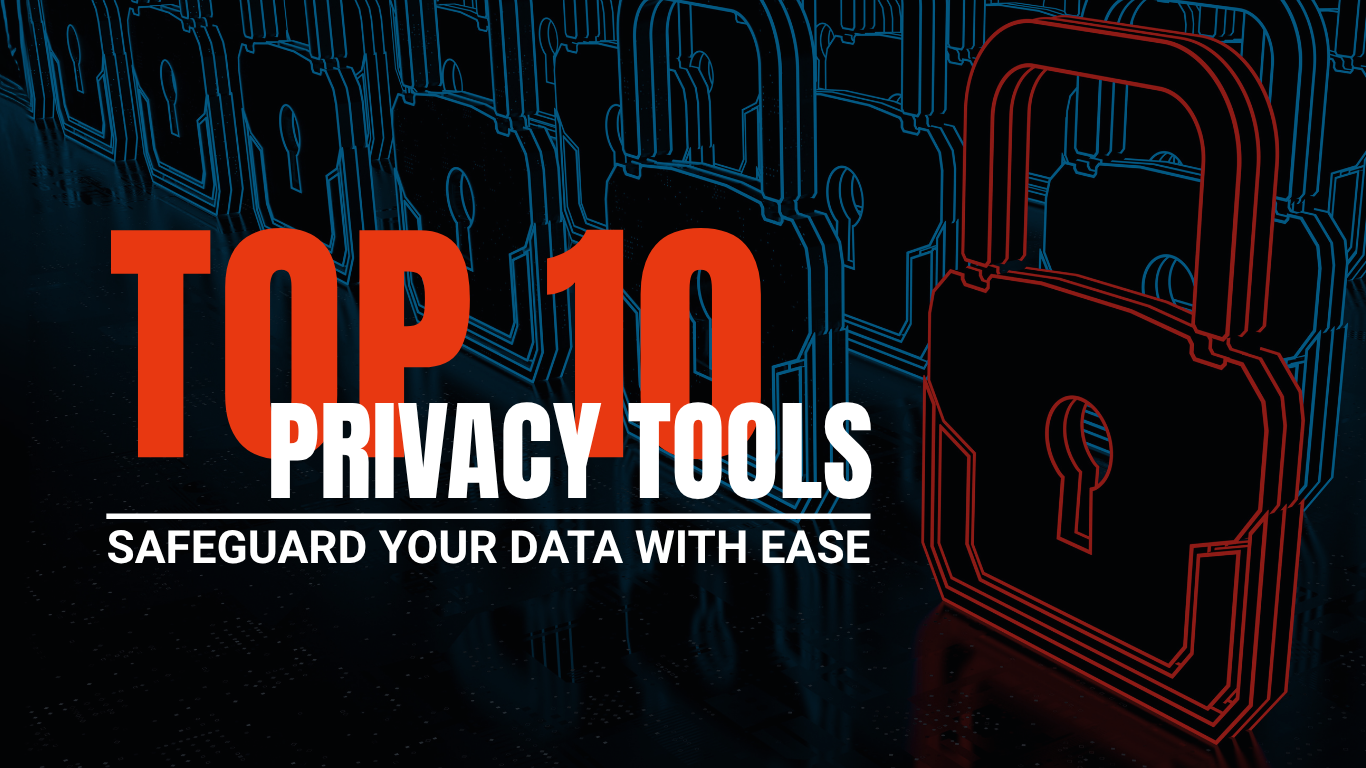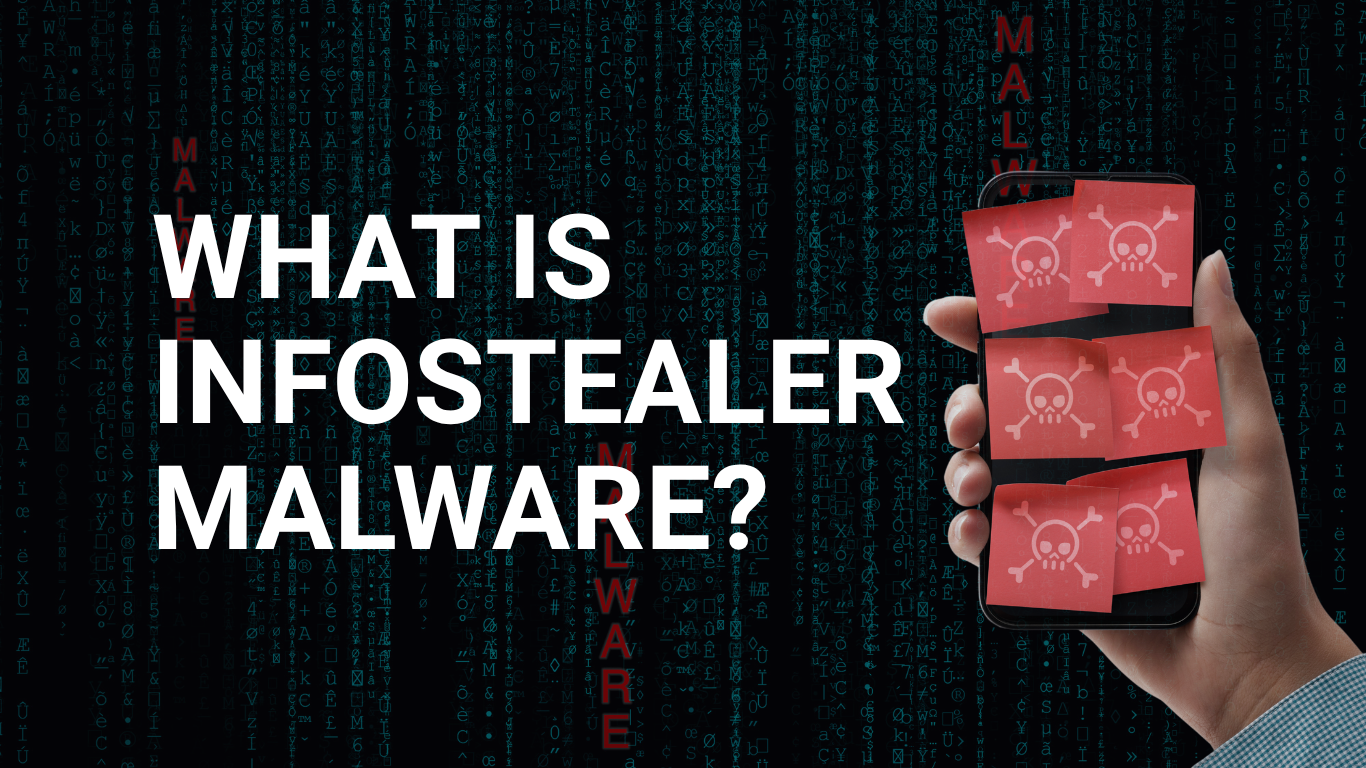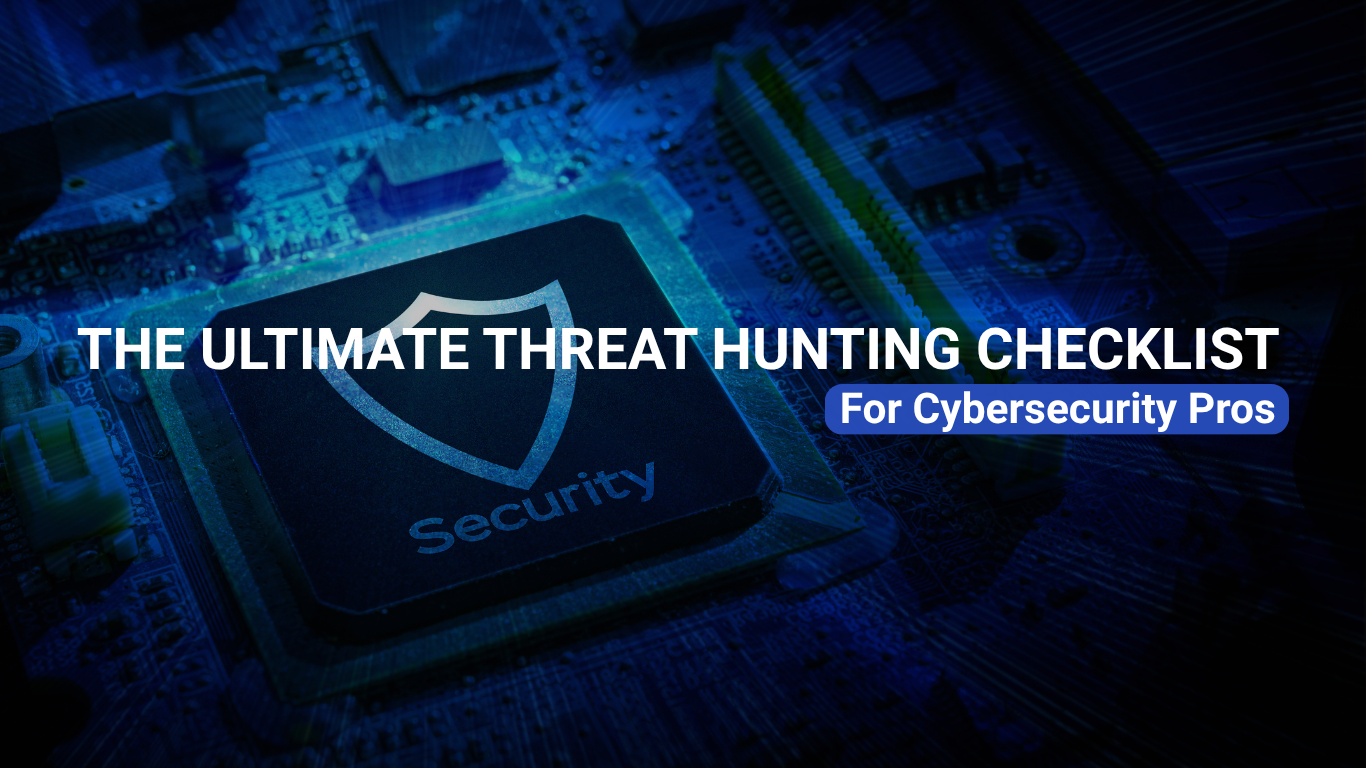SOC-as-a-Service (SOCaaS): Benefits, Issues, and the Best Options
Businesses are adopting new approaches to digital security. Security Operations Center as a Service (SOCaaS) is a new subscription model for managed threat detection and response that operates in the cloud and promises to improve your security while minimizing costs. Find out if SOCaaS is a good fit for your company’s security requirements.
What Exactly is SOC-as-a-Service (SOCaaS)?
SOCaaS is essentially an outsourced Security Operations Center (SOC) that is often subscription-based and cloud-hosted by the provider. . This cutting-edge delivery model disperses the SOC, allowing it to go beyond its normal confines. It covers a broad range of security operations, including detecting threats, handling incidents, maintaining logs, and evaluating risks. SOCaaS’s greatest strength is that it can be used to strengthen your defenses without requiring you to make significant financial investments in-house.
How does SOCaaS fit into the overall structure of security?
SOCaaS can be used independently, but it is at its best when it is integrated into the rest of your company’s security infrastructure. Realize that SOCaaS is not a panacea for all your problems. Instead, it works with other security measures to improve overall performance. SOCaaS works in real-time, continuously monitoring your digital ecosystem for potential attacks, in contrast to Security Information and Event Management (SIEM) technologies which rely on past log data.
What’s the Difference Between SOCaaS and Managed SIEM/MDR?
SOCaaS should not be confused with Managed SIEM or Managed Detection and Response (MDR) services, which are two separate offerings. While security incident and event management (SIEM) solutions are crucial in a SOC, they are best used for looking back at past events.
MDR services streamline security operations and as a result are laser-focused on detection and response. Because they are managed services, they are particularly suitable for small to mid-size enterprises that lack the in-house expertise or do not require the broader capabilities of a SOC.
SOCaaS can be a more comprehensive security solution because it provides access to a wider range of capabilities which is valuable to large enterprises but not always needed for small to mid-size organizations.
SOC as a Service (SOCaaS) Pros and Cons
- Rapid Detection and Remediation
SOCaaS’s rapid deployment time is a major selling point. SOCaaS can detect, classify, prioritize rapidly, and remedy security events using cutting-edge technology, automation, and professional human oversight. Given the growing sophistication of cyberattacks, the ability to discriminate between real danger and false alerts is more important than ever. - Lower Risk for a Breach
Keeping hackers’ “breakout time” to a minimum is important to cyber security. SOC as a Service is available at all hours, allowing for immediate response to security incidents. With this feature, hackers will have a harder time finding and exploiting holes in your network’s defenses. - Access to Specialized Expertise
SOCaaS’s ability to provide ready access to highly trained security professionals is a major benefit. During urgent security incidents, these professionals can be called in to provide in-depth analysis and formulate efficient recovery plans. Many businesses cannot justify the high cost of maintaining such knowledge on staff. - Scalability and Flexibility
Scalability is at the heart of SOCaaS. It can change as your business does, whether growing or shrinking. Traditional internal SOCs, on the other hand, have limited resources that are difficult to supplement during periods of increased security demand quickly. - Enhanced Maturity
SOCaaS is a fast track to a more mature security posture. Organizations can benefit from cutting-edge solutions and highly experienced personnel by partnering with respected vendors. Together, these improvements allow for earlier and more accurate threat identification and response while simultaneously decreasing risk. - Cost-Effective Operation
Most businesses find that SOCaaS is more cost-effective than keeping their own SOC in-house. Prices may be kept low because the costs of things like labor, tools, software licensing, and gear are spread across numerous clients. Consumption-based pricing solutions for SOCaaS further optimize costs by ensuring you only pay for the services you actually employ. - Resource Optimization
SOCaaS provides relief in an industry where skilled workers are in low supply. It not only helps with the problem of not having enough workers but also frees up in-house workers to concentrate on security use cases that are more suited to in-house positions. Resource optimization like this is crucial when trying to find a happy medium between security requirements and available personnel.
Roles and Responsibilities in SOCaaS
To fully grasp how a SOCaaS team operates, it is important to become familiar with the many jobs that comprise it.
- SOC Manager: The leader oversees all SOC aspects, including personnel and operations.
- Security Analyst Tier 1 – Triage: Experts who categorize and prioritize alerts, escalating incidents as needed.
- Security Analyst Tier 2 – Incident Responder: Professionals responsible for investigating and remediating escalated incidents, identifying affected systems, and leveraging threat intelligence.
- Security Analyst Tier 3 – Threat Hunter: Proactive experts who hunt for suspicious behavior and assess network security for advanced threats.
- Security Architect: The designer of security systems and processes, integrating various technological and human components.
- Compliance Auditor: Ensures adherence to internal and external regulations.
- SOC Coordinator: Intermediary between the SOCaaS provider and the company’s own IT and security personnel.
Who Can Benefit from SOC-as-a-Service (SOCaaS)?
Depending on their specific needs and goals, some businesses might reap significant benefits from SOCaaS.
- Limited IT and InfoSec Staff: particularly those with advanced cybersecurity training or the ability to provide constant monitoring.
- Lack of Secure Physical Space: SOCaaS can be useful for businesses that don’t have the resources to set up their own on-premises SOC in a safe location.
- Low Investment in Technology: This scenario applies if your company has not invested significantly in the core functions of an on-premises SOC.
- Variable Security Needs: The security needs of enterprises can be more fluidly met with SOCaaS.
When does it make sense to keep a SOC in-house?
Despite SOCaaS’s advantages, some businesses may prefer to keep their own SOC in-house.
When your company has previously made substantial expenditures and has the competence necessary to maintain and improve your security architecture.
Controls for security with finer granularity— for businesses that need extensive control over their network’s security.
Difficult regulatory climate — an in-house SOC may be the best option in sectors with complex and specific rules that aren’t well-served by external service providers.
SOC as a Service: Adaptable Management of Security
The services provided by SOCaaS providers are distinguished by their malleability and versatility. These services can handle the administration of your whole security infrastructure regardless of the technology you use. It is important to evaluate a SOCaaS provider’s proficiency in integrating and managing the various security components of their platform before signing on with them.
Consider Managed Detection and Response (MDR)
MDR doesn’t just provide security; it empowers your defense strategy in ways SOCaaS simply can’t match.
- Proactive
MDR does not wait for threats to reveal themselves before investigating them. It goes in search of them aggressively. By using MDR, you may anticipate potential threats and stay ahead of cybercriminals rather than reacting to them. - Access to top-tier cybersecurity professionals
With MDR, you may instantly connect with a team of top-tier cyber security professionals. These professionals play a pivotal role during critical security incidents, ensuring rapid and effective responses. - Complete Defense
MDR provides complete defense by constantly monitoring your digital landscape in real time. It does more than detect dangers; it promptly ranks them and takes action to eliminate them, sealing off any possible entry points.
The path to proactive protection begins with Managed Detection and Response. Request a demo of our MDR services today.






